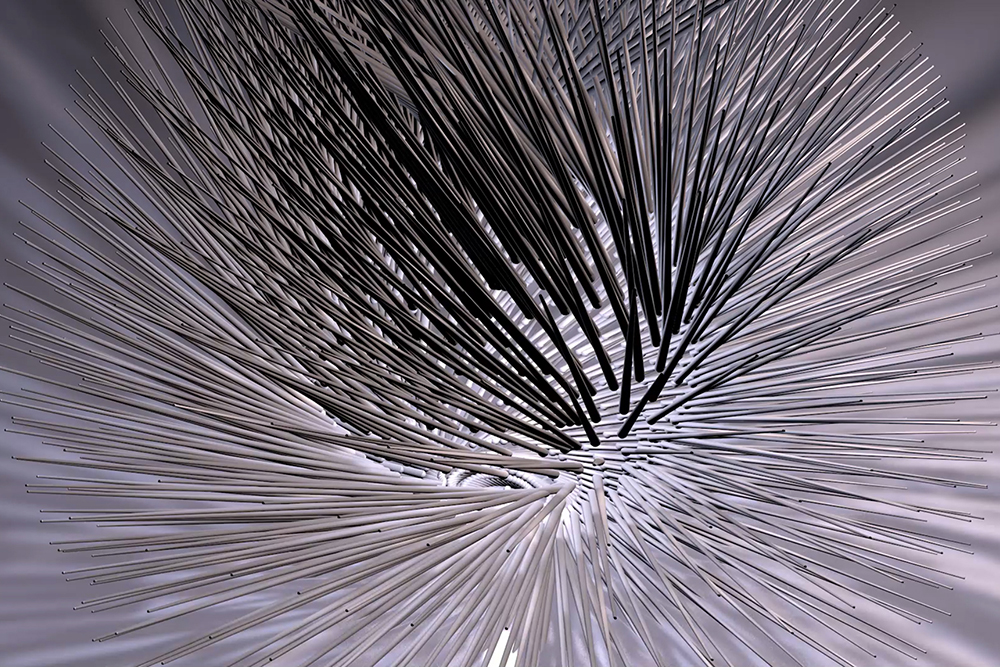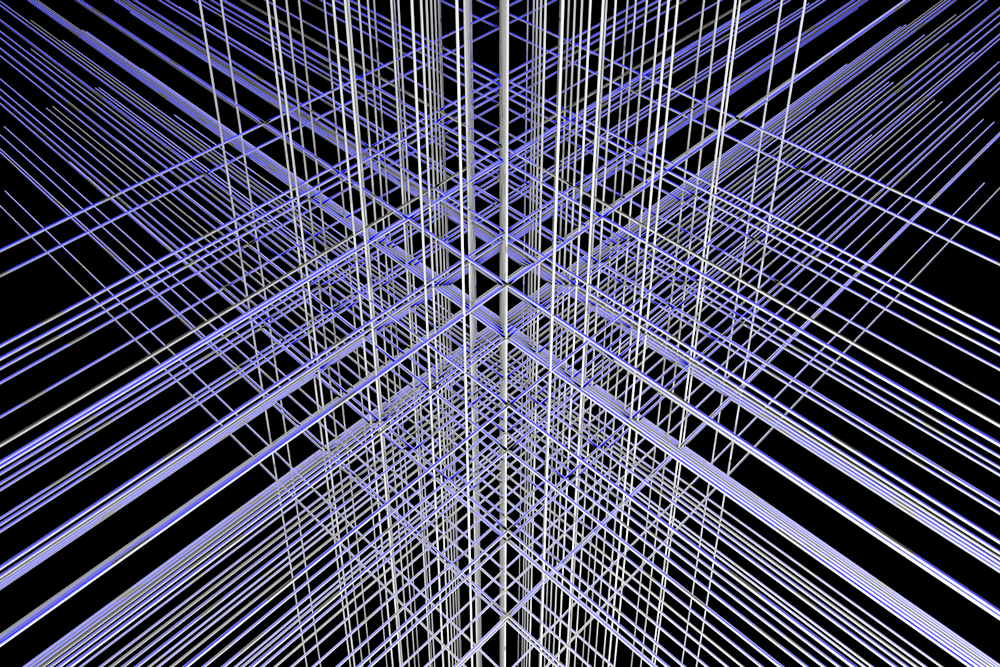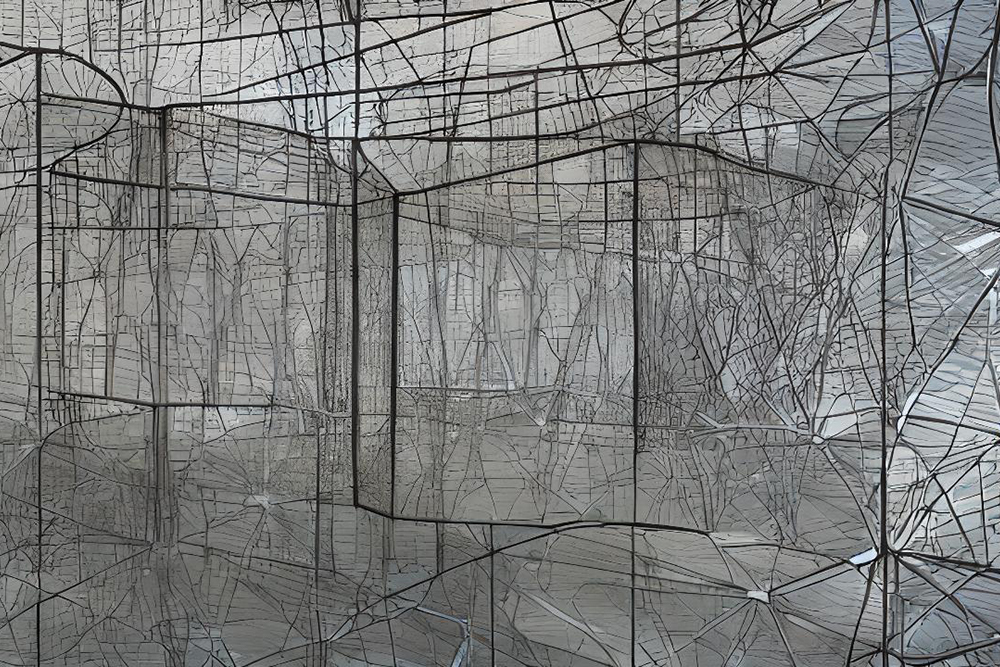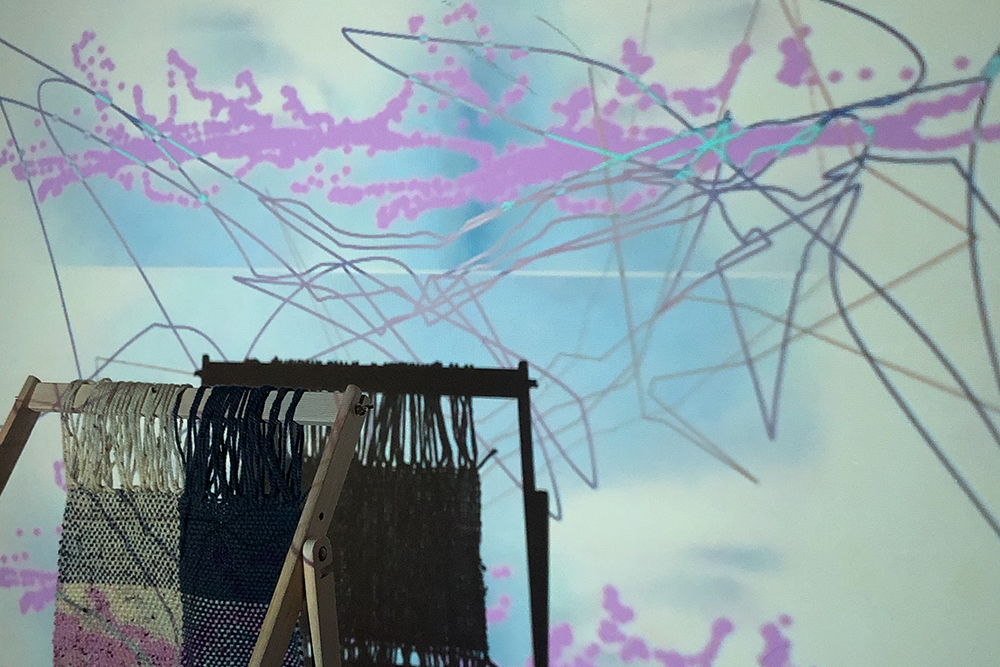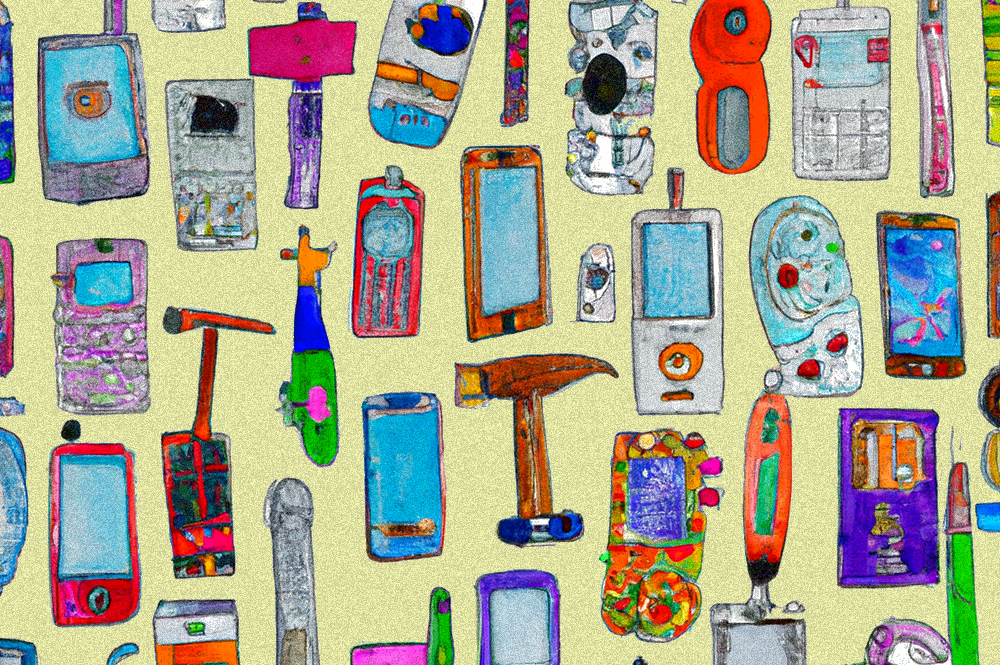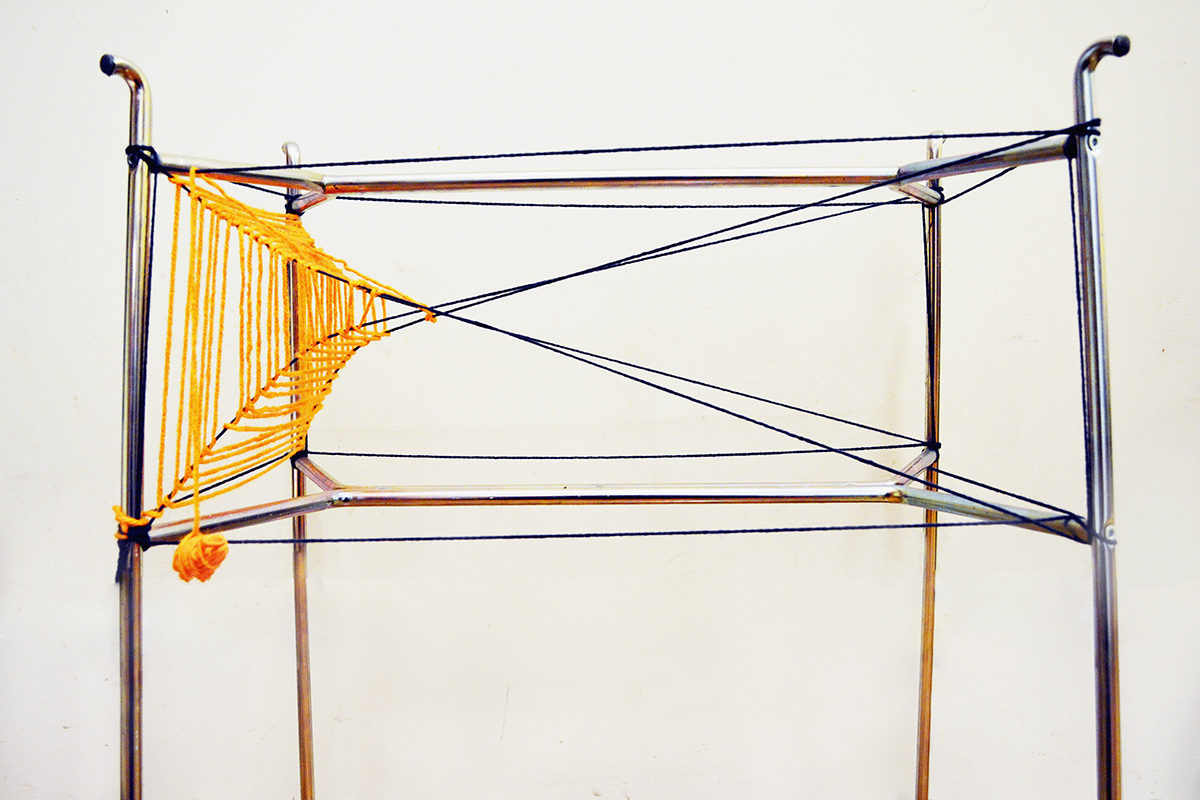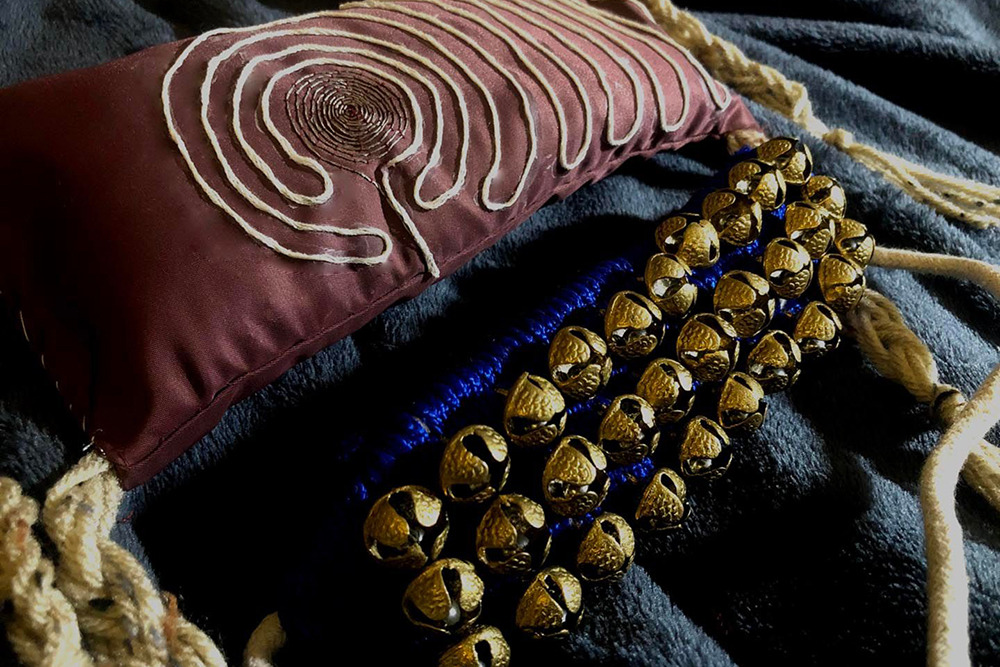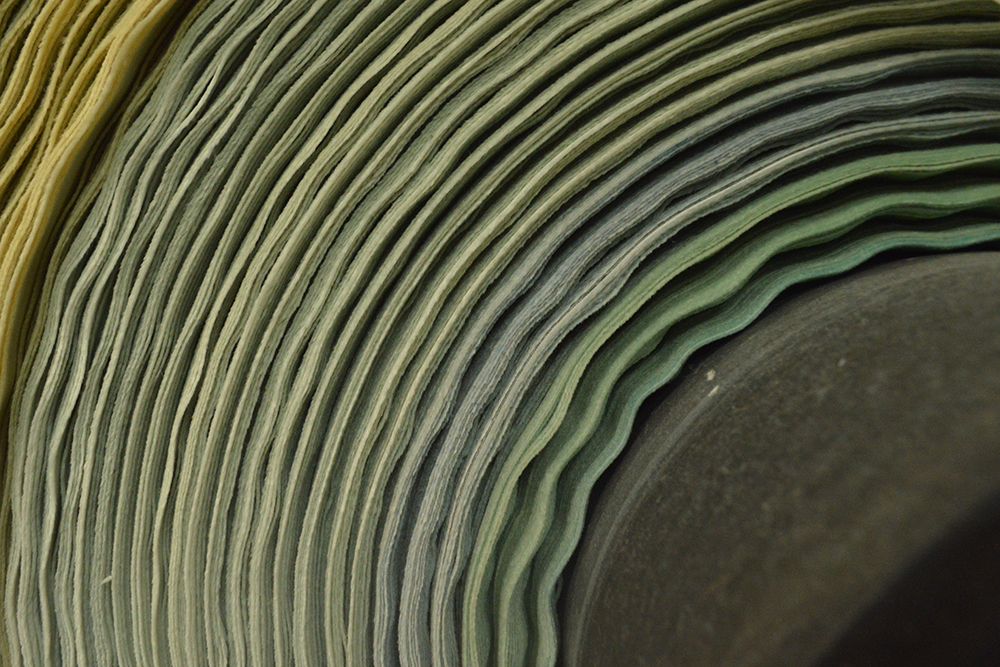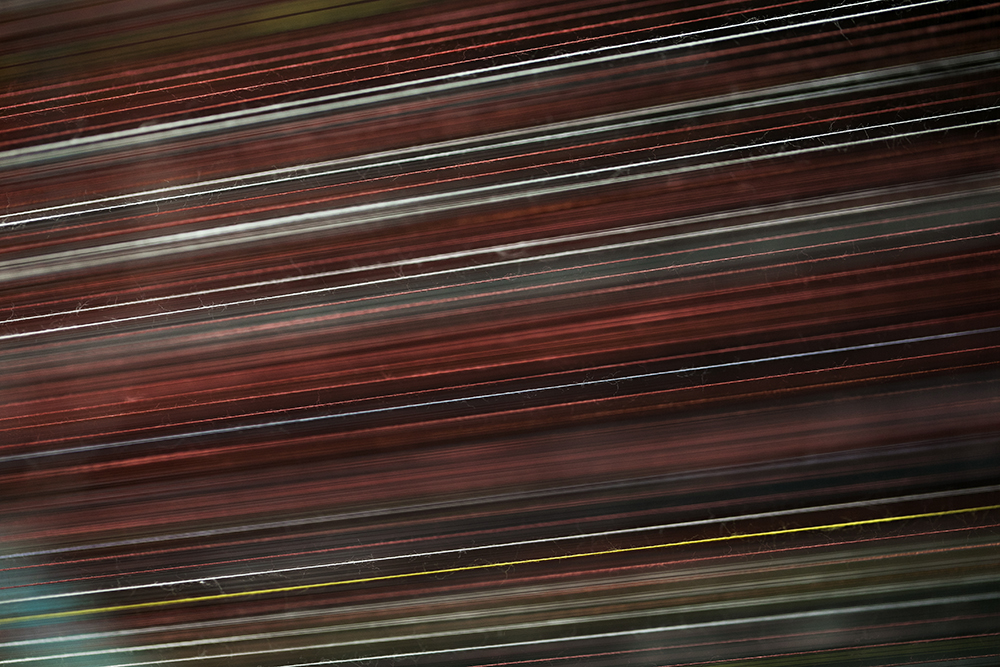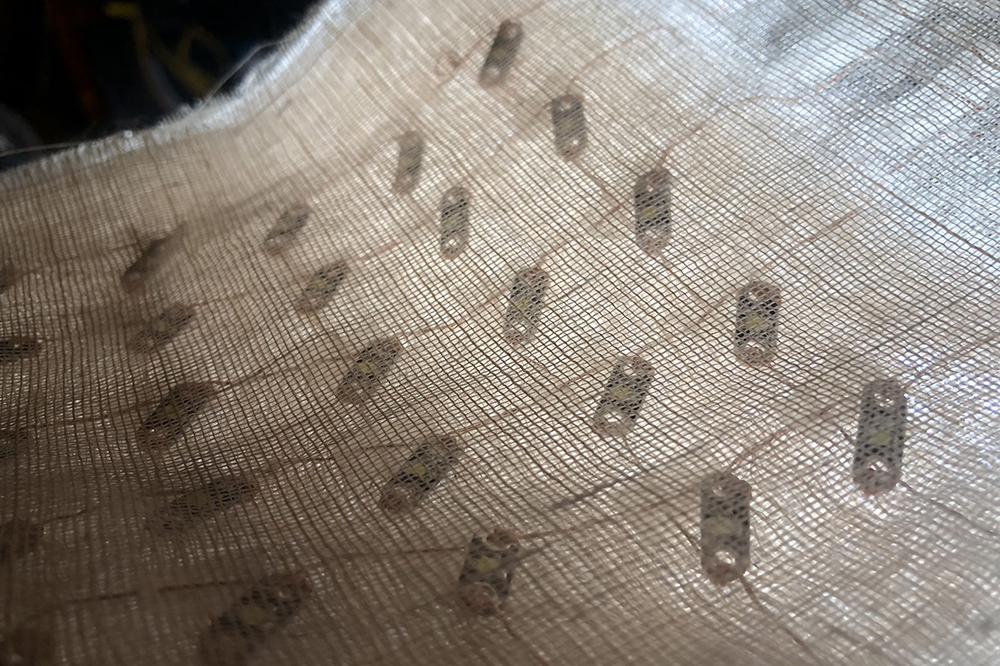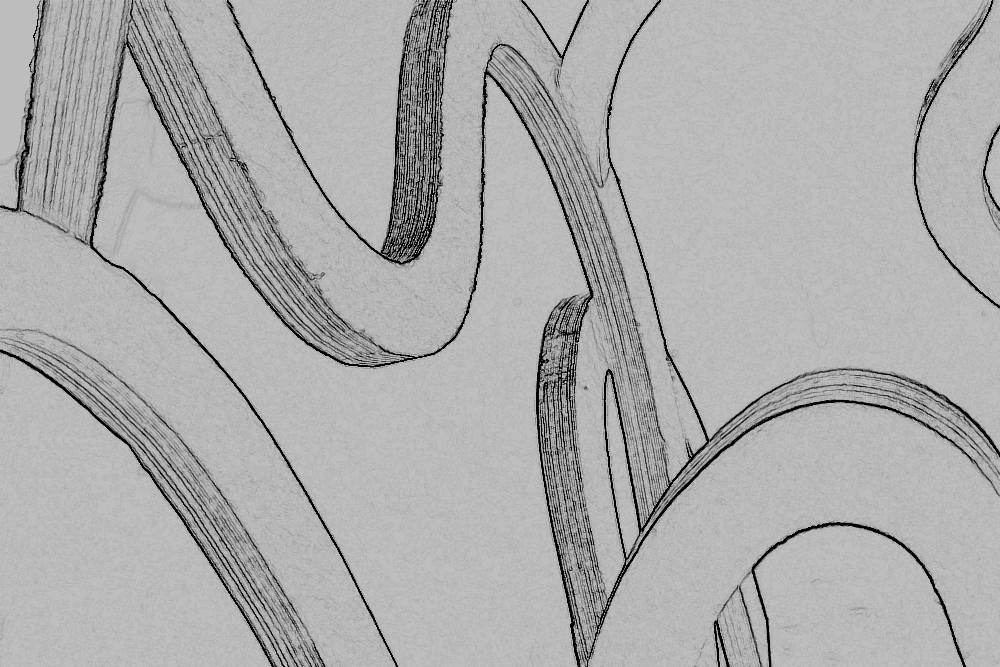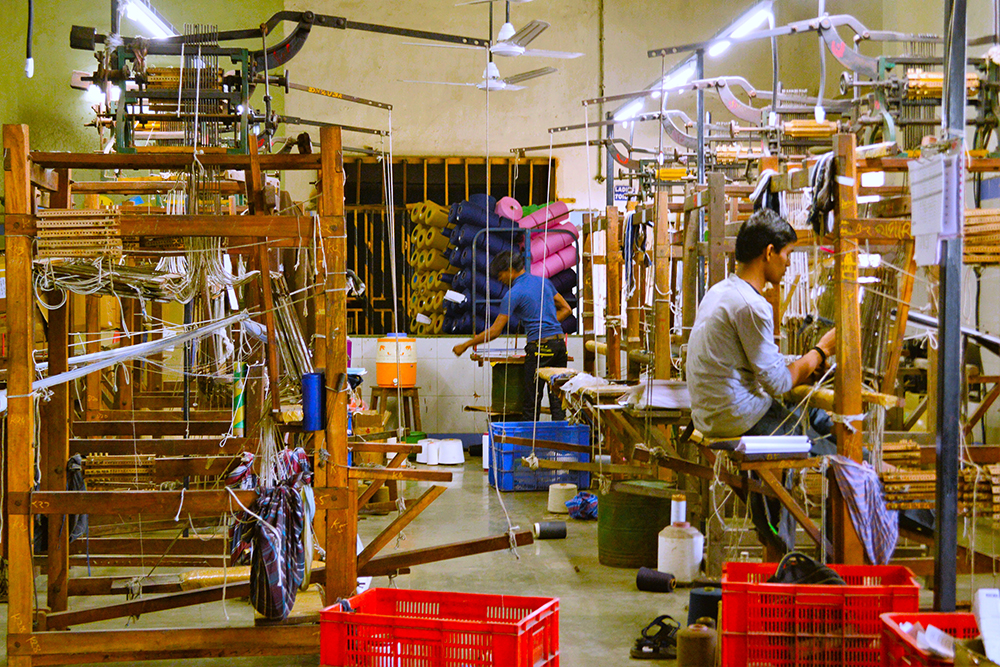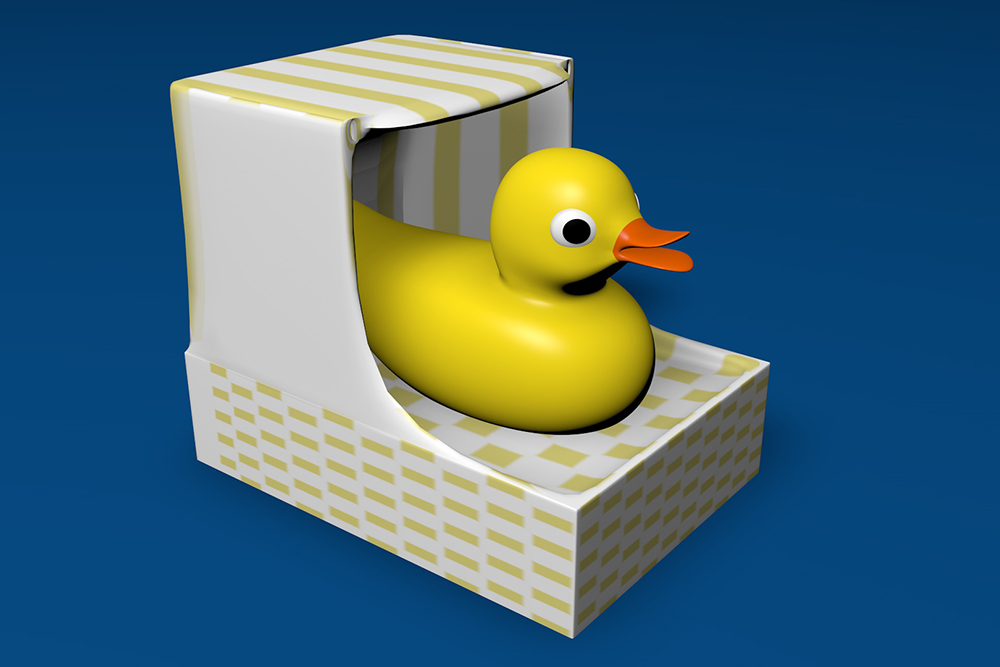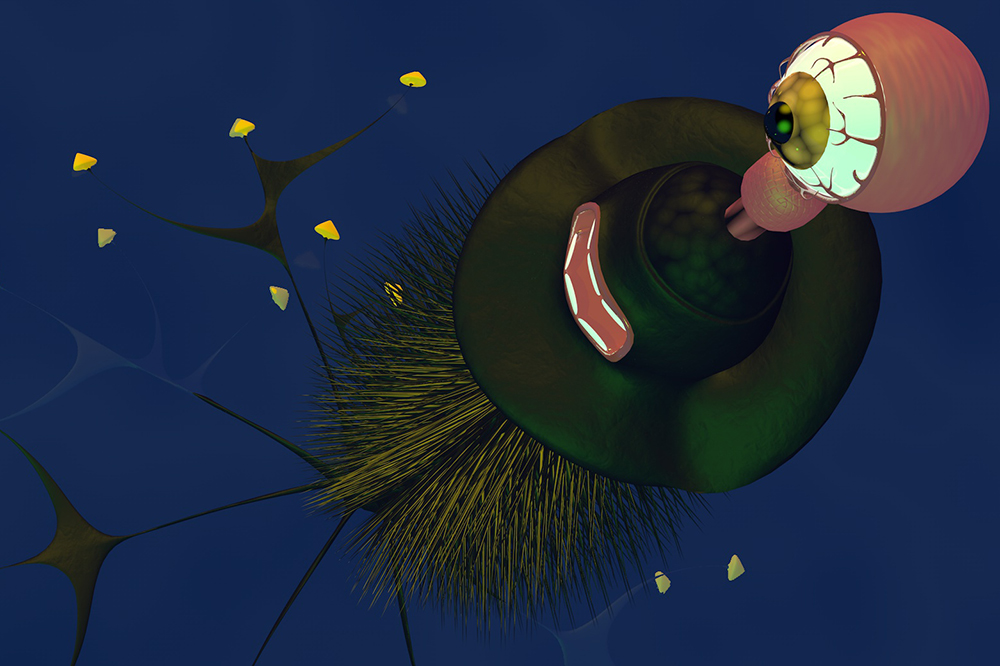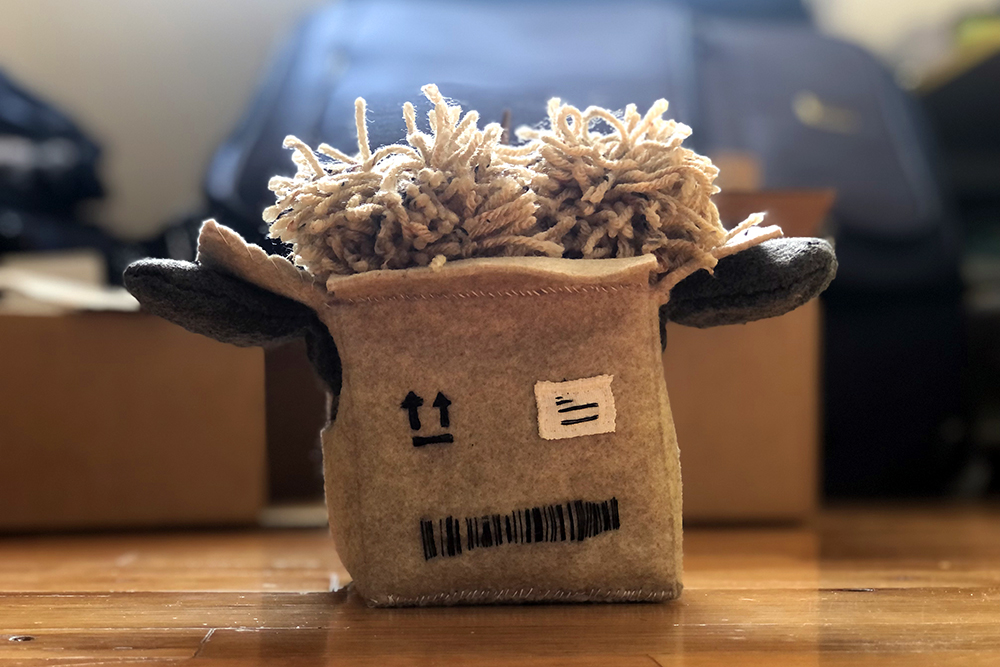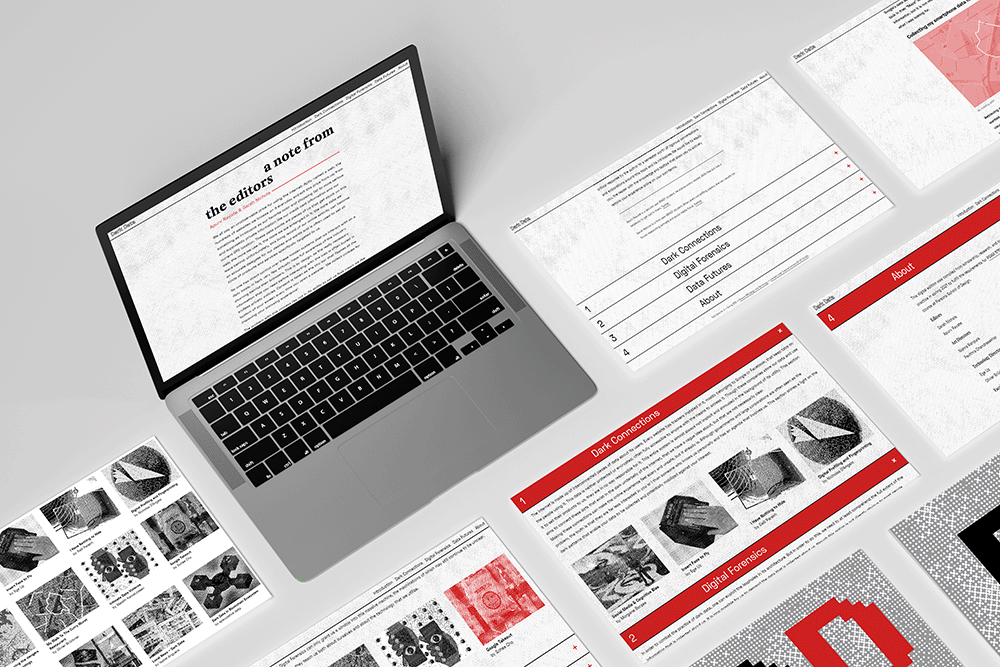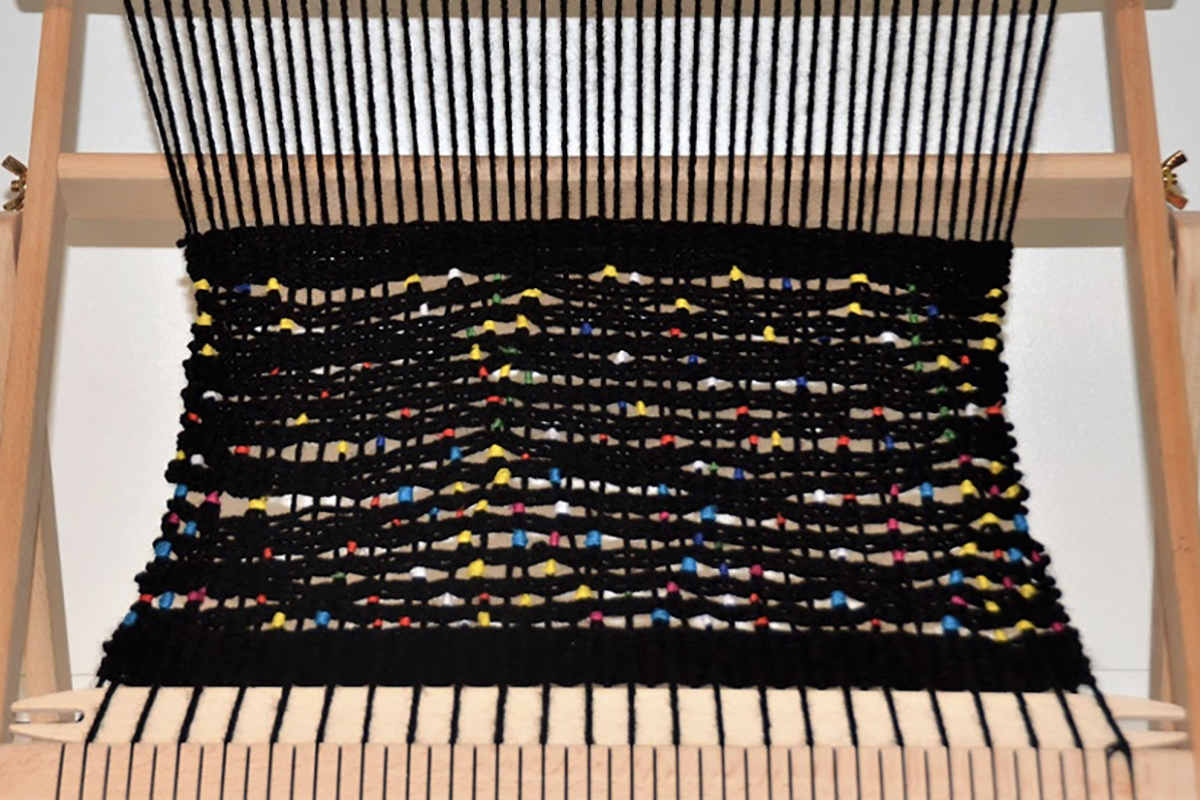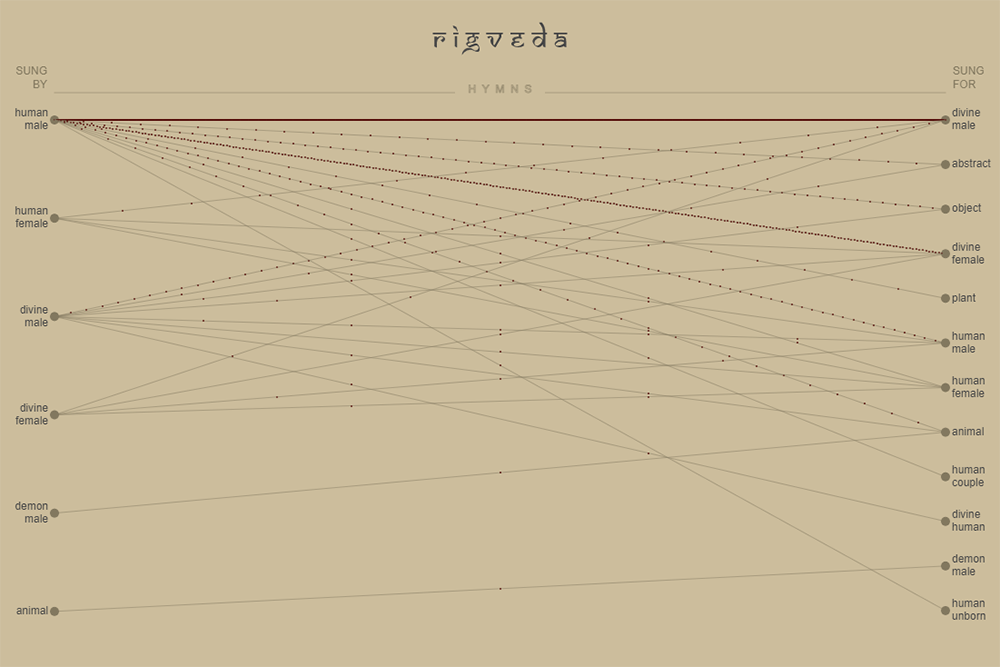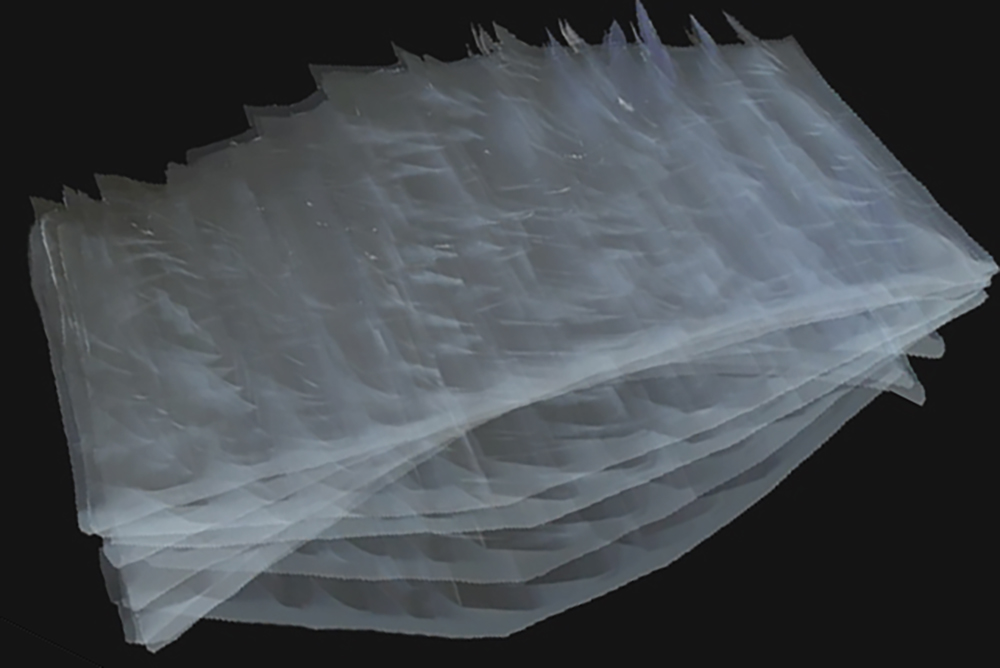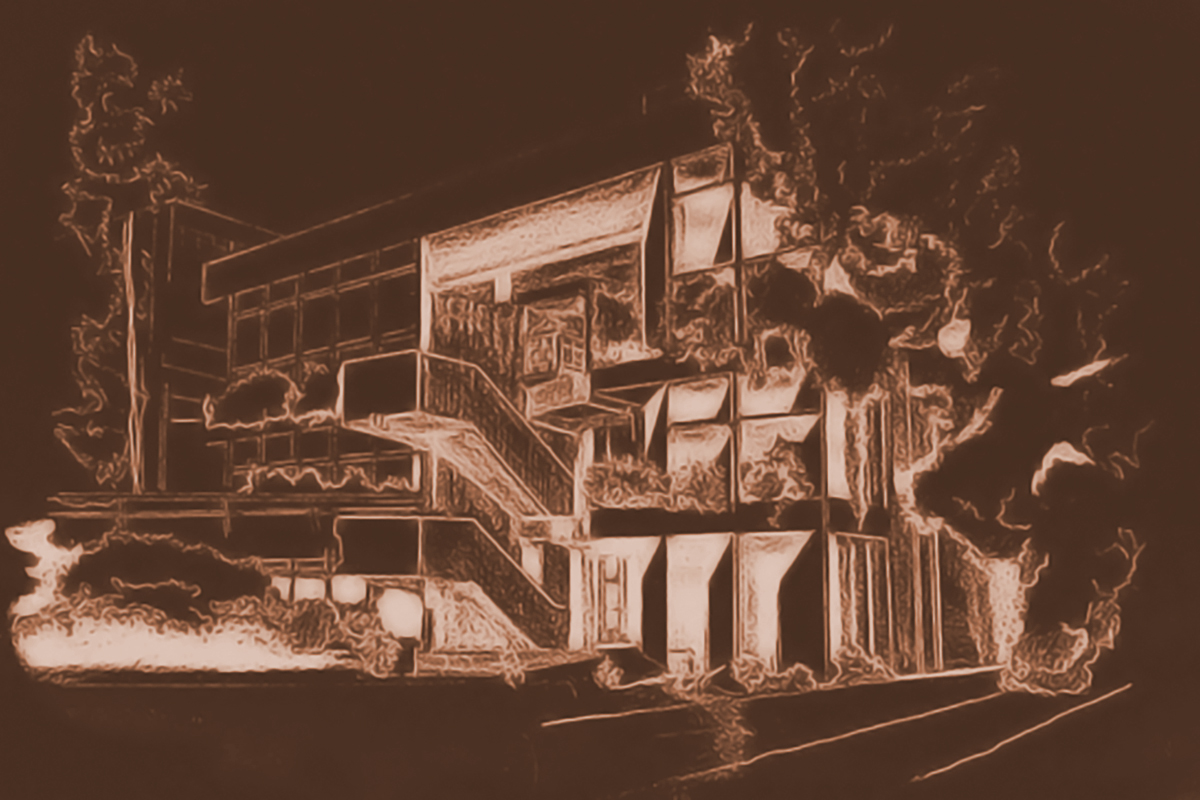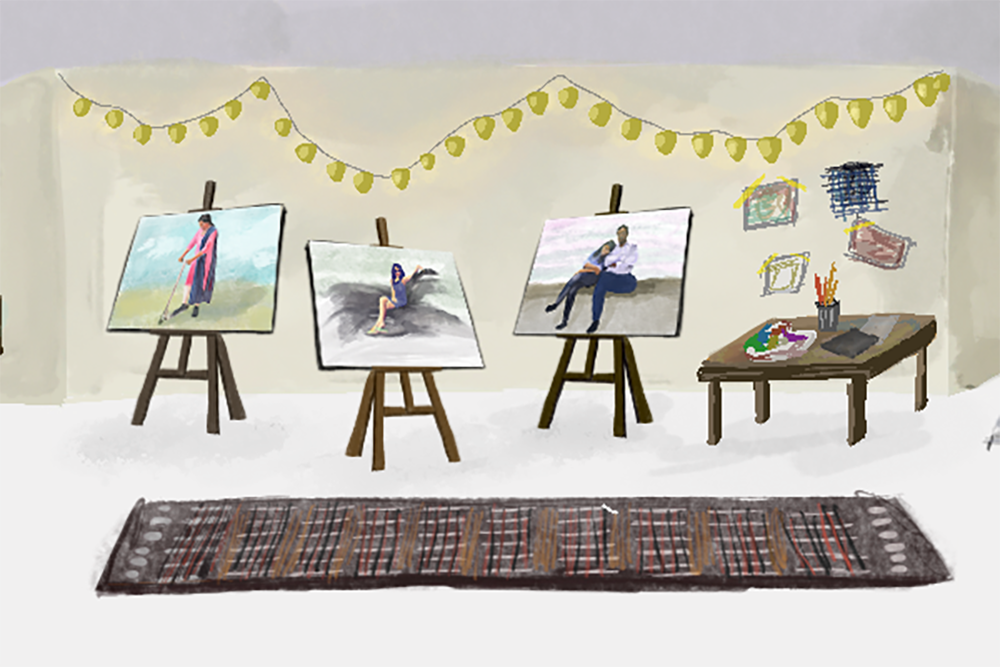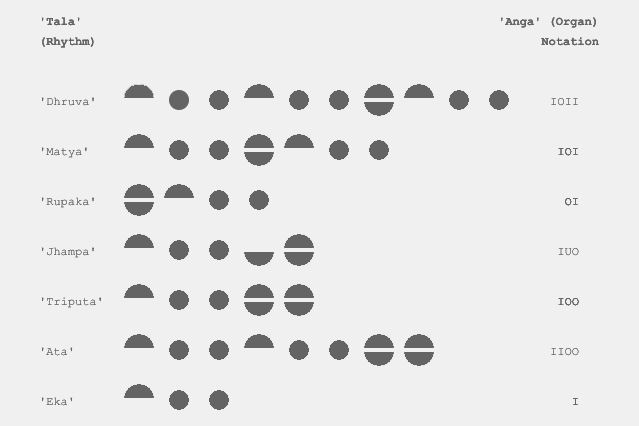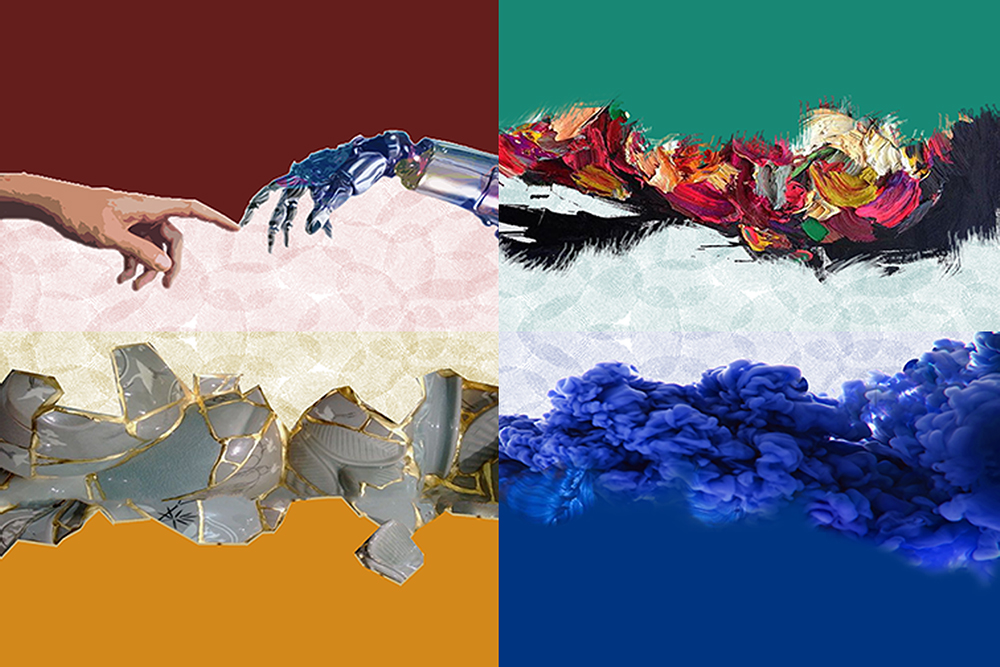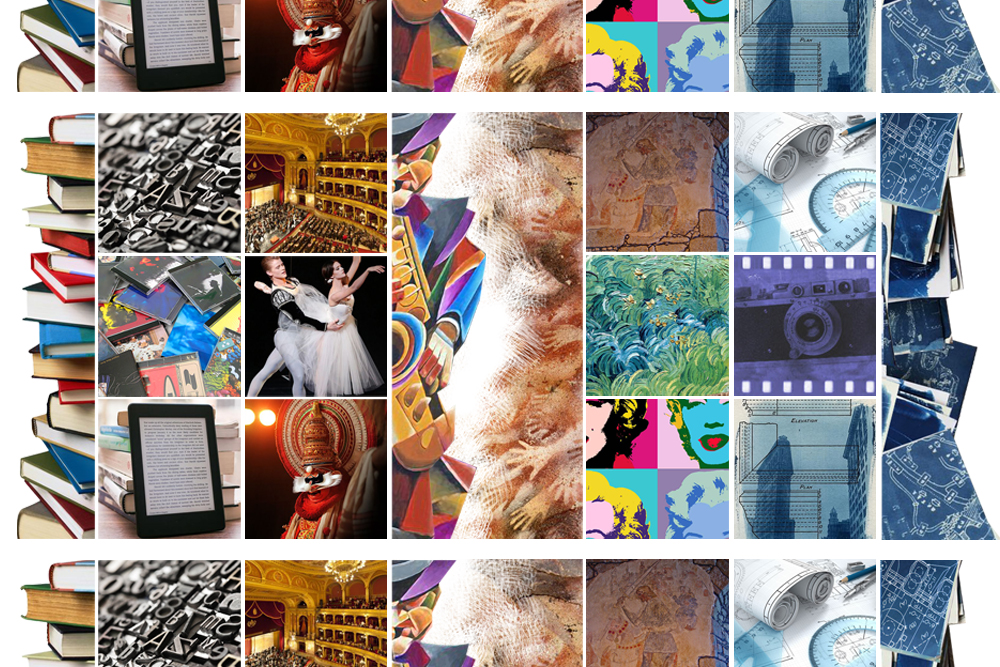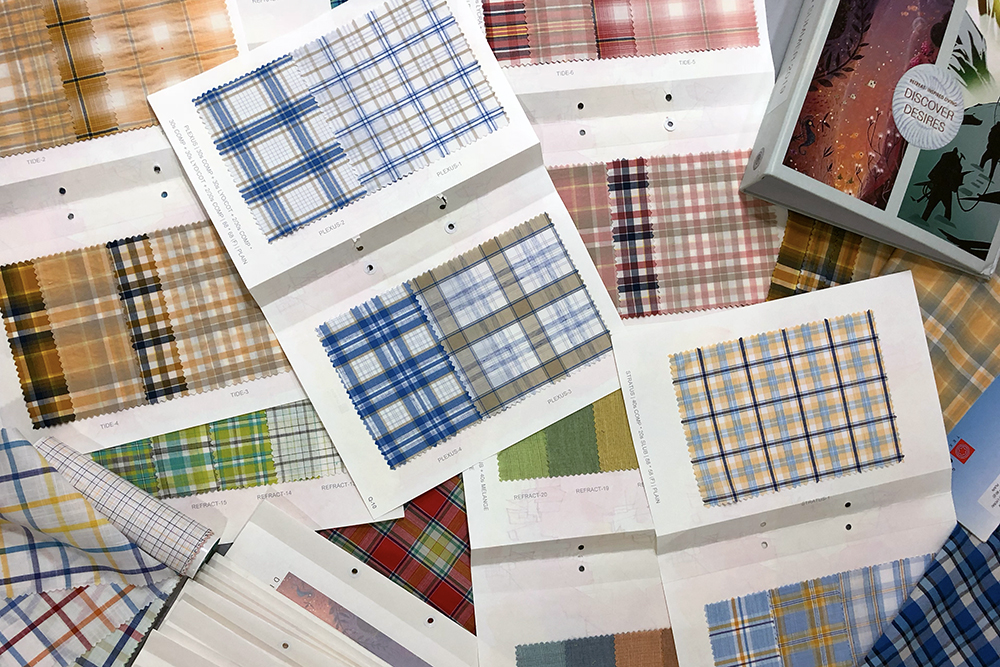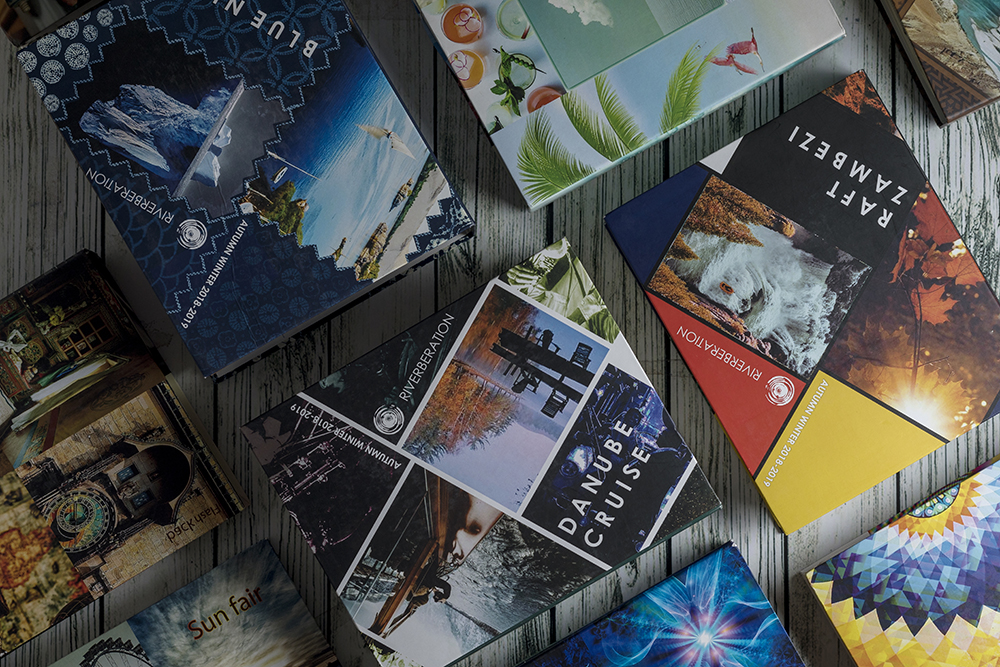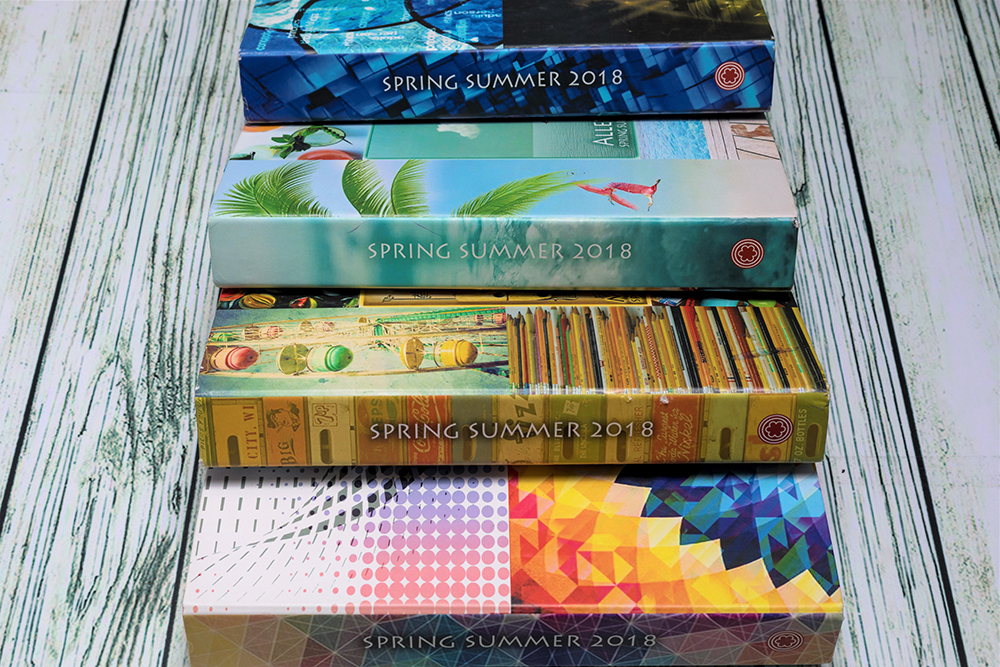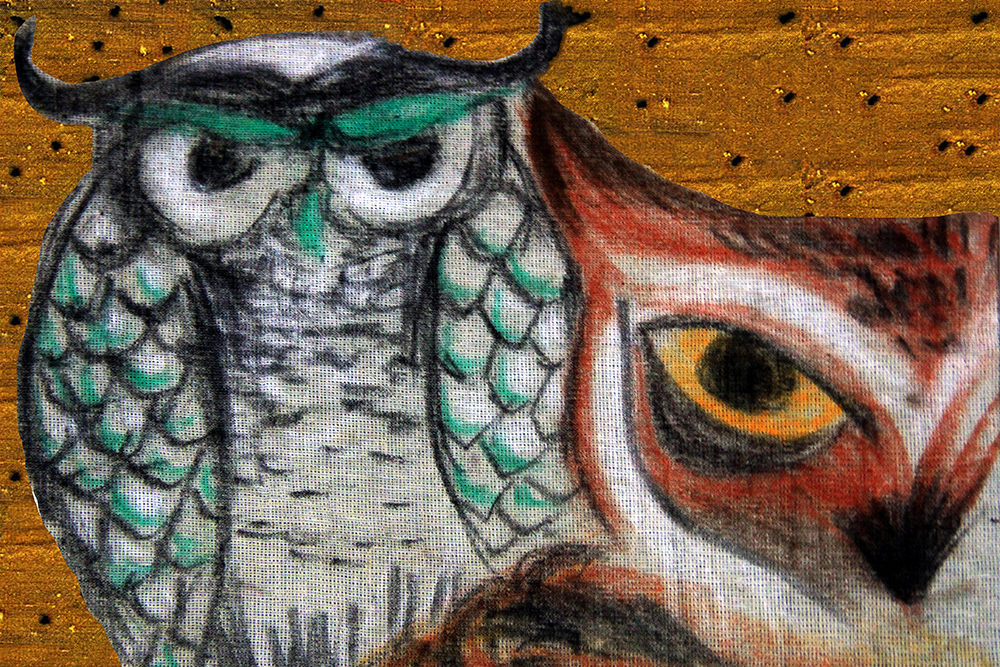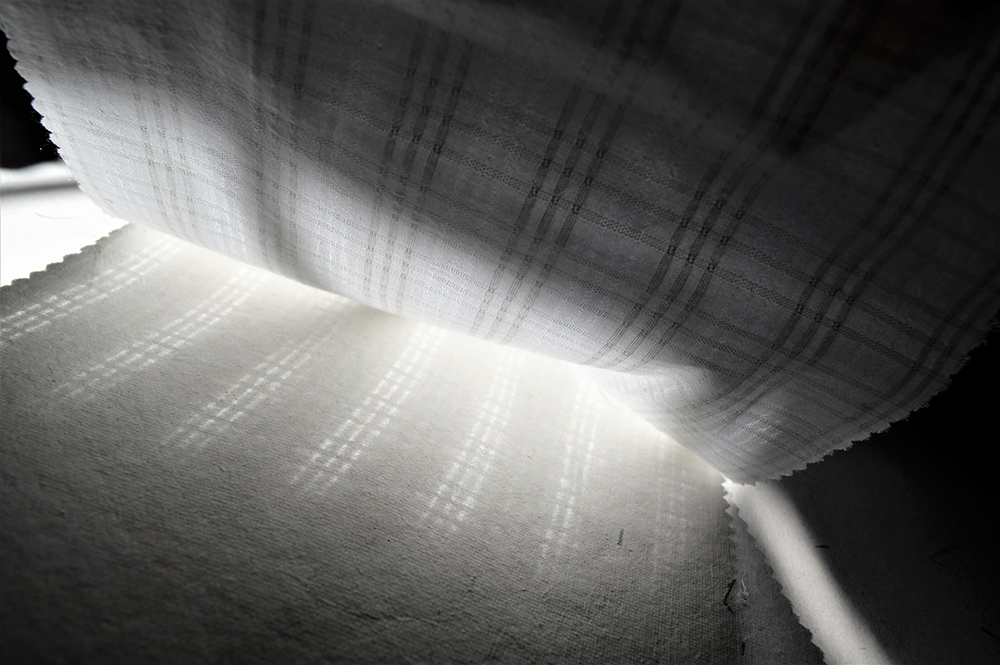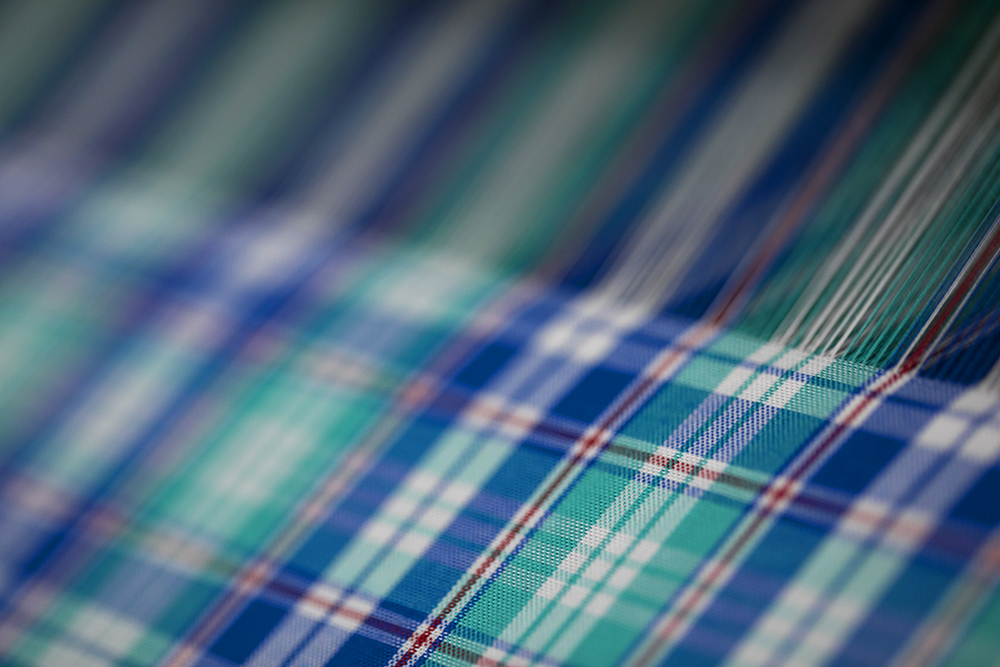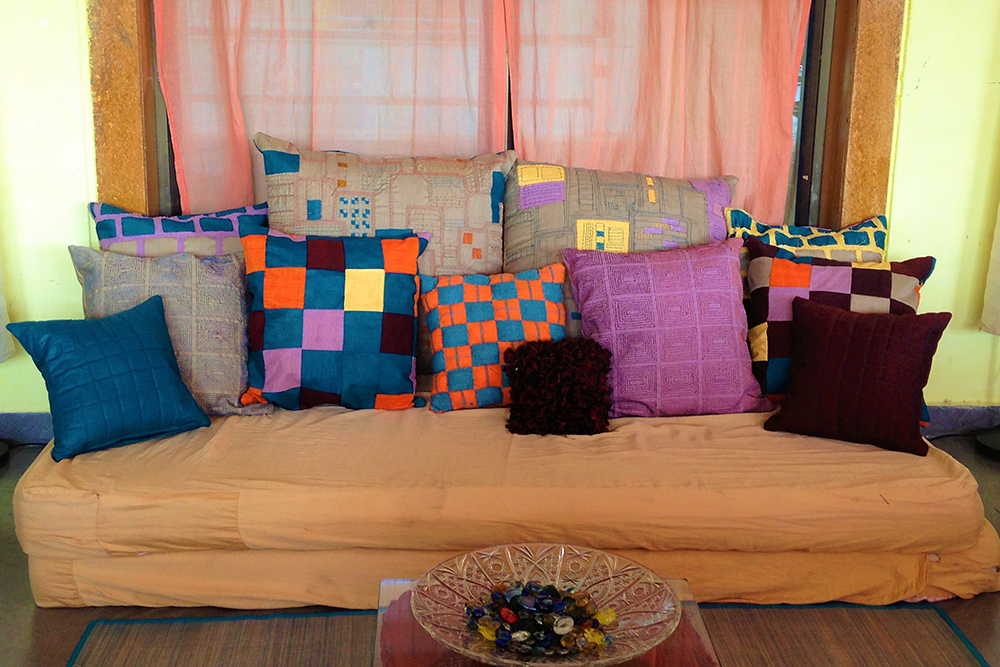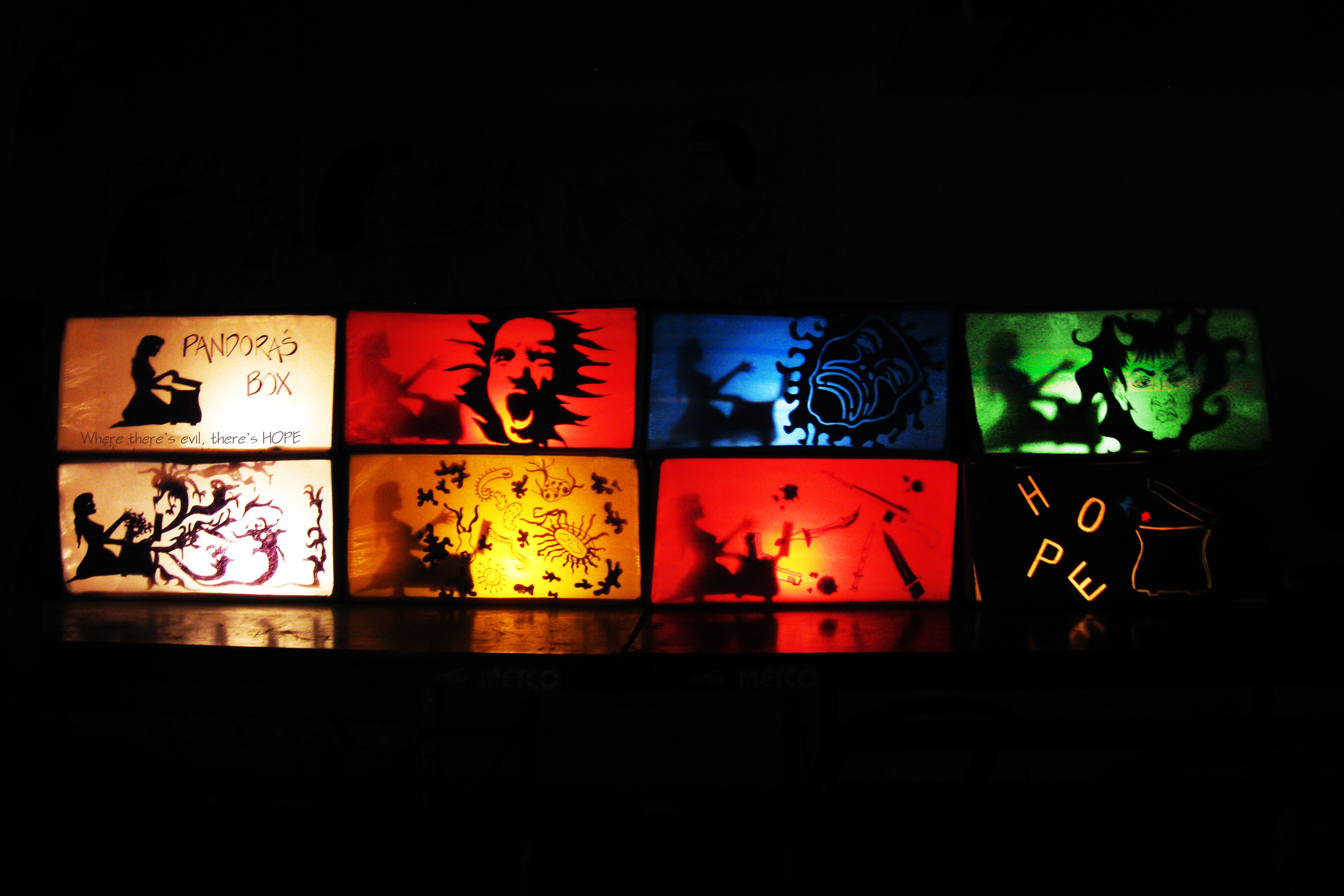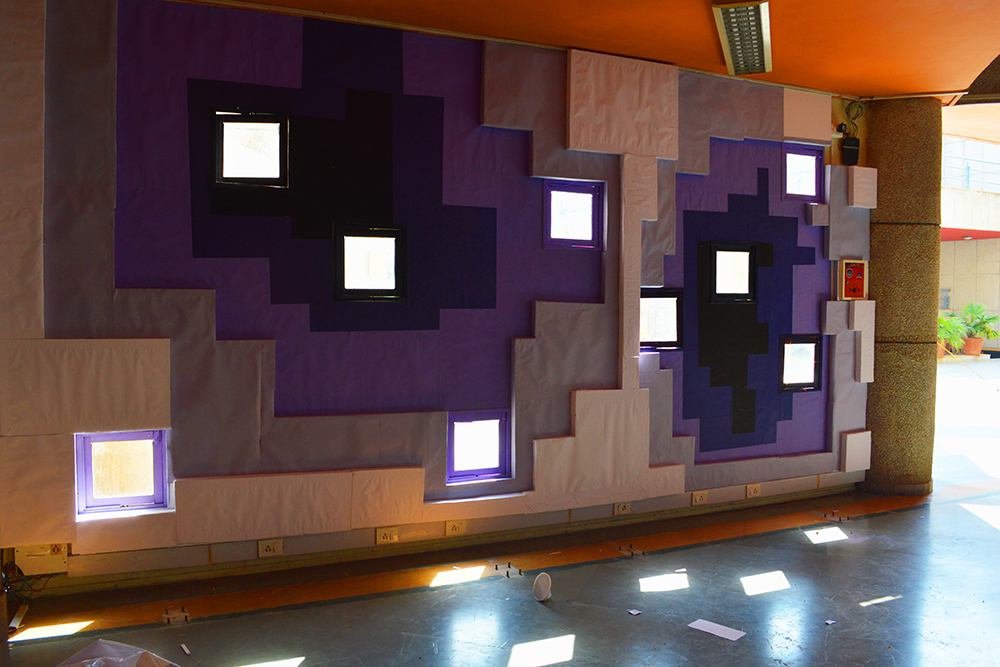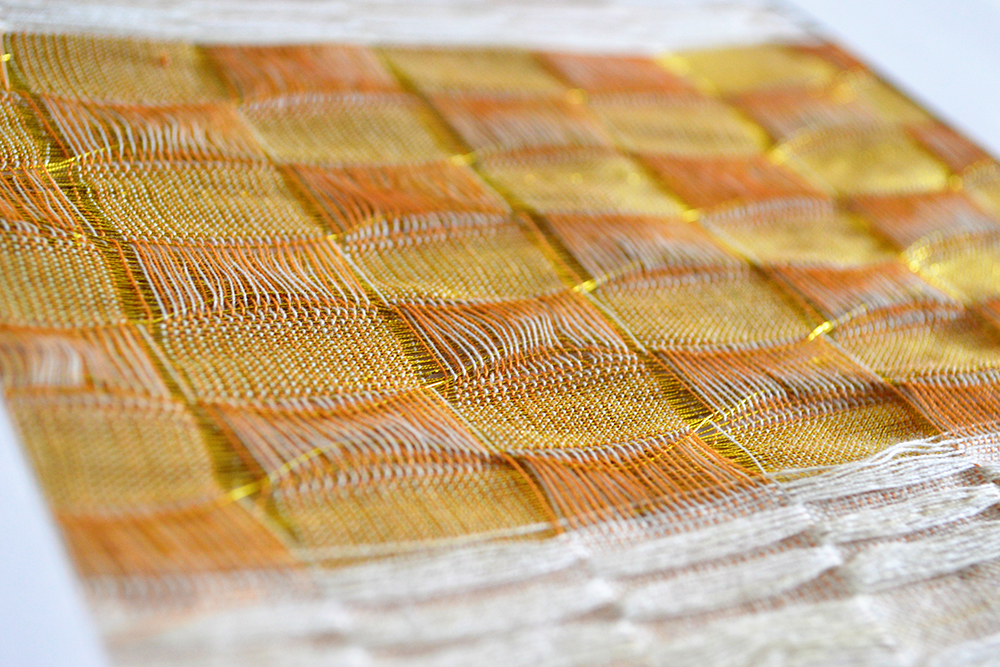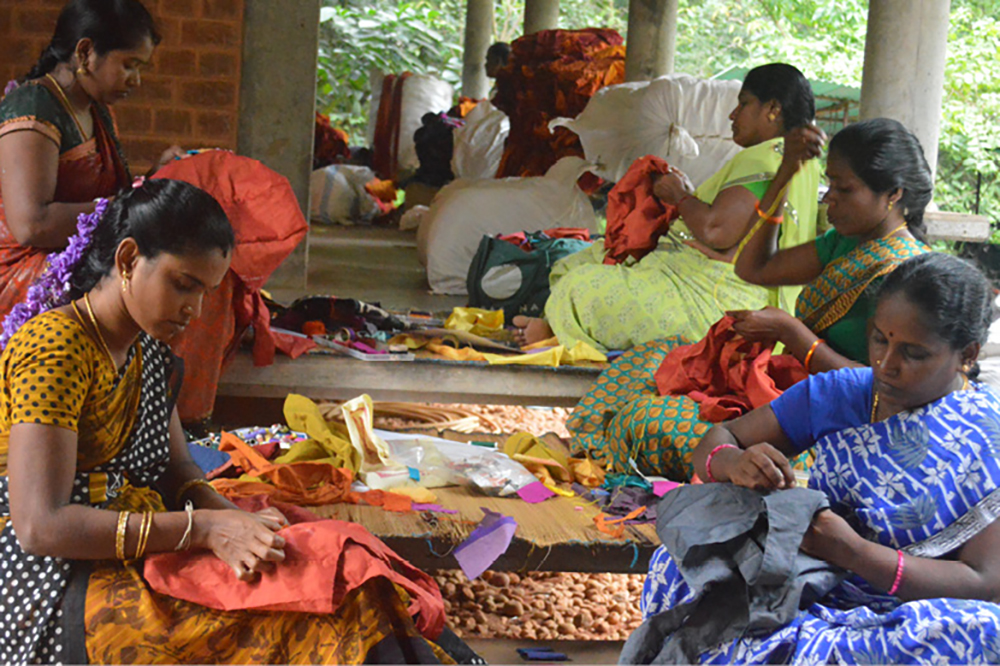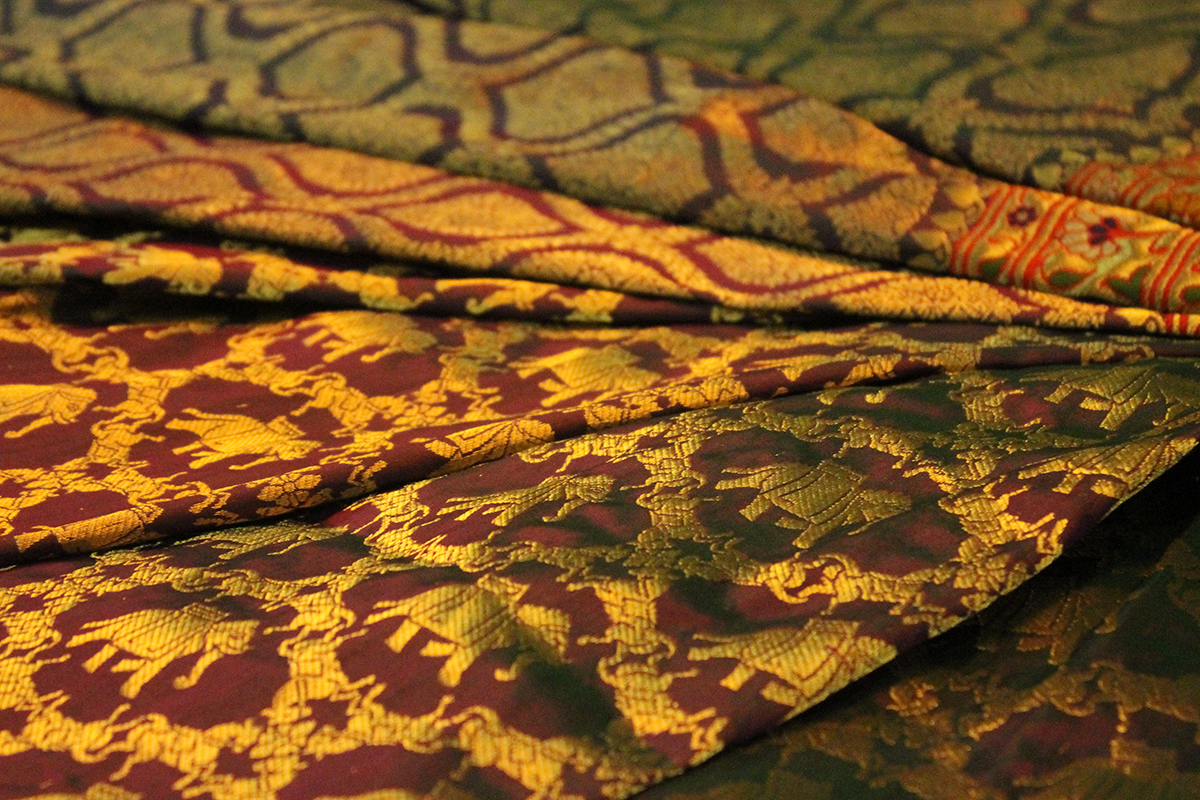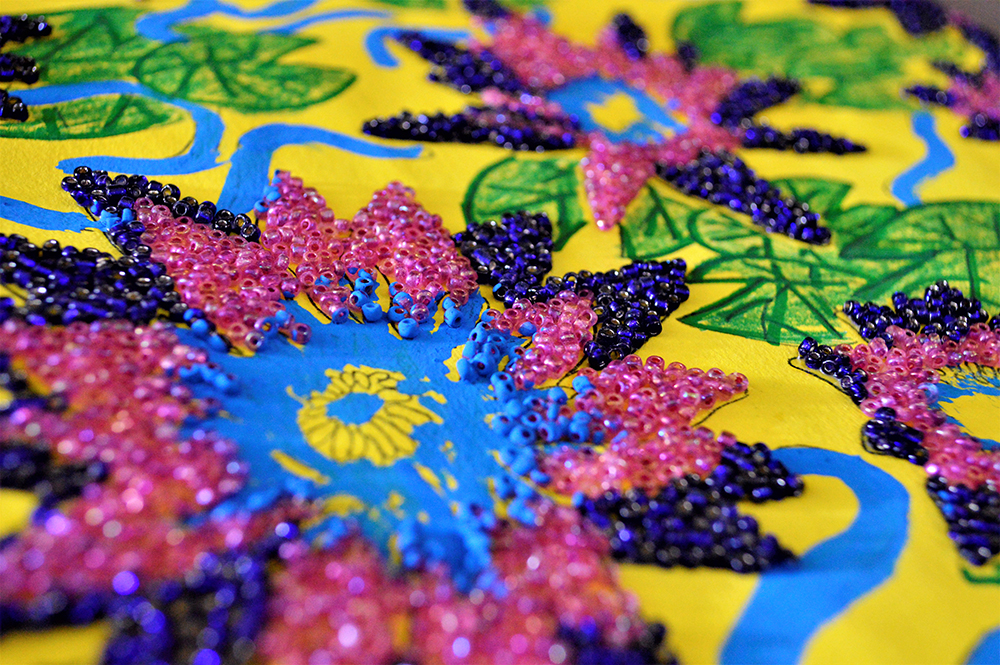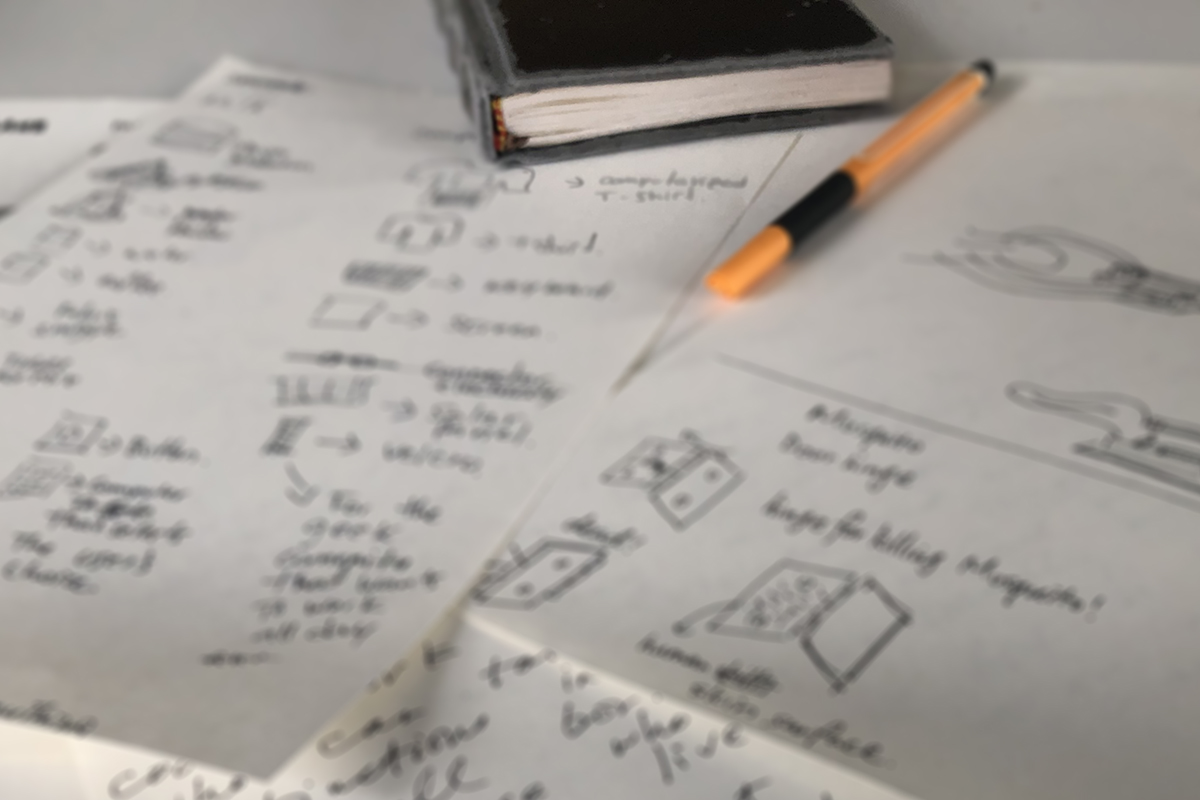SELECTED
FABRICATION
STRATEGY
WEB-DESIGN
ANIMATION
SHOWCASE
GRAPHICS
DATA-VIZ
TEACHING
WRITING
ALL
Weaving Time
2022
What is it like to experience time and temporalities through weaving?
15 min read
Published by Echoes ➚ (Design and Technology 2022 Thesis Show) ➚
Role: Author
Why do you weave a garment so gay? . . .
Blue as the wing of a halcyon wild,
We weave the robes of a new-born child.
Weavers, weaving at fall of night,
Why do you weave a garment so bright? . . .
Like the plumes of a peacock, purple and green,
We weave the marriage-veils of a queen.
Weavers, weaving solemn and still,
What do you weave in the moonlight chill? . . .
White as a feather and white as a cloud,
We weave a dead man's funeral shroud.
-[Indian Weavers, by Sarojini Naidu]
- [Alfred North Whitehead in ‘Science and the Modern World’]
- [George Kubler in ‘The Shape of Time: Remarks on the History of Things’]
What does one understand by participation? Who has agency over the fabric of time?
- 1. Albers, Anni; On Weaving; Princeton University Press; 1935.
- 2. Crawford, Matthew; Shop class as soulcraft; The Penguin Press; 2009.
- 3. Fabian, Johannes; Time and the Other: How Anthropology Makes its Object; Columbia University Press; 1983.
- 4. Kojève, Alexandre; Introduction to the Reading of Hegel: Lectures on the Phenomenology of Spirit (English); Basic Books; 1969.
- 5. Koselleck, Reinhart; Sediments of Time: On possible histories; Stanford University Press; 2018.
- 6. Kubler, George; The Shape of Time: Remarks on the history of things; Yale University Press; 1962.
- 7. Sennett, Richard; The Craftsman; Yale University Press; 1943.
- 8. Zerubavel, Eviatar; Time Maps: Collective Memory and the Social Shape of Past; The University of Chicago Press; 2003.


